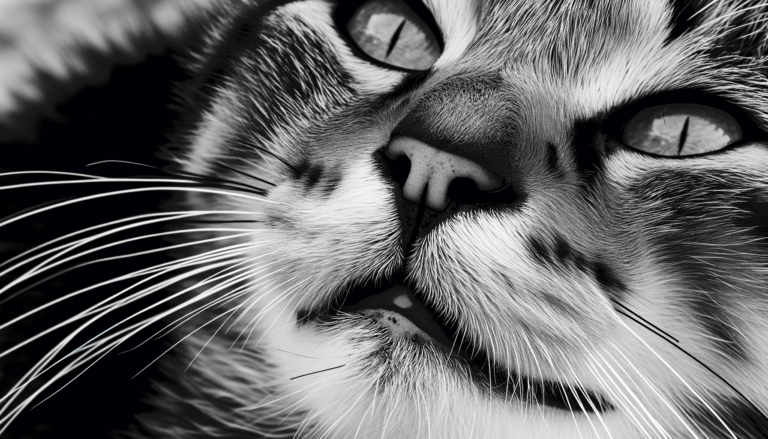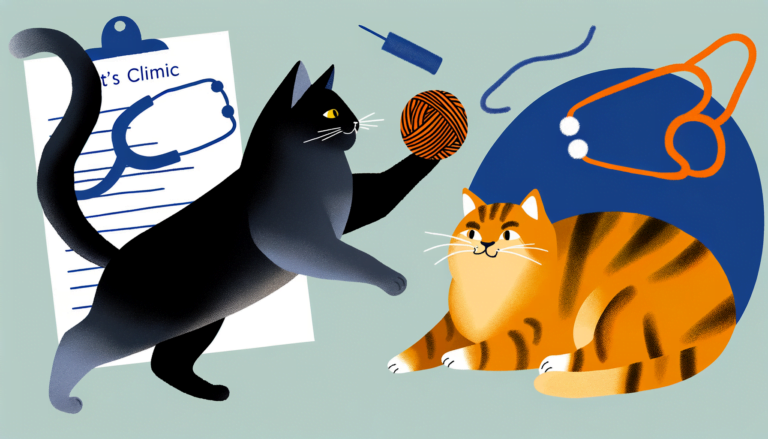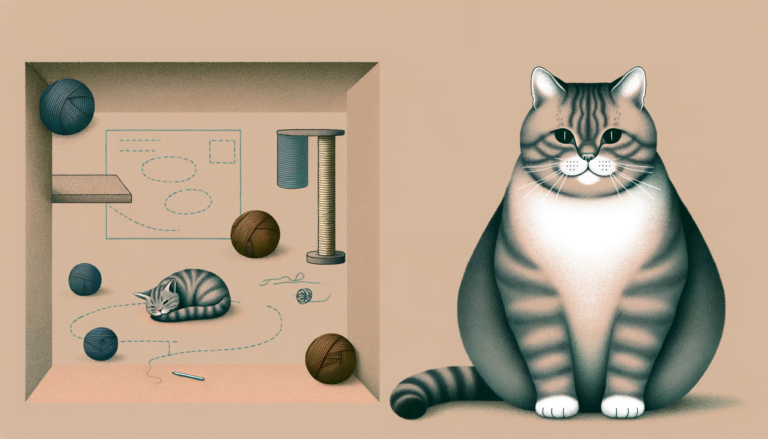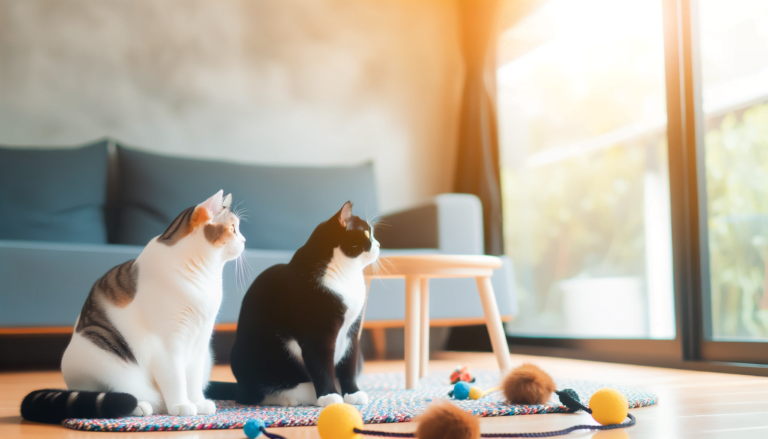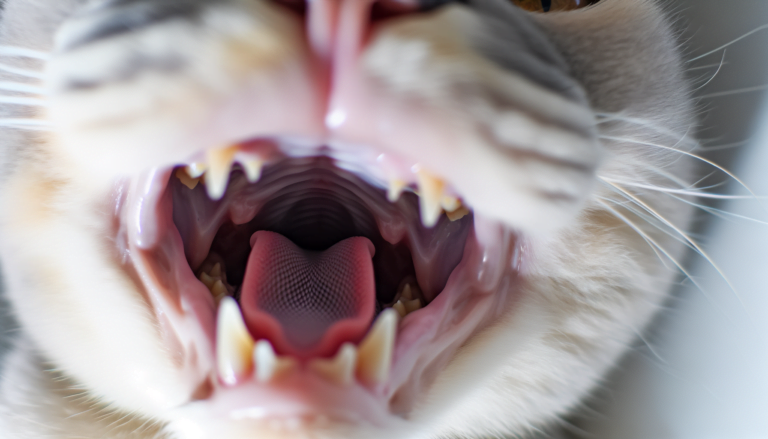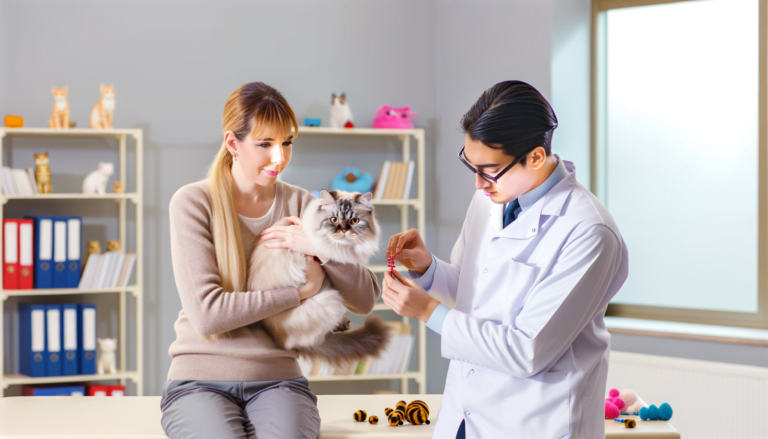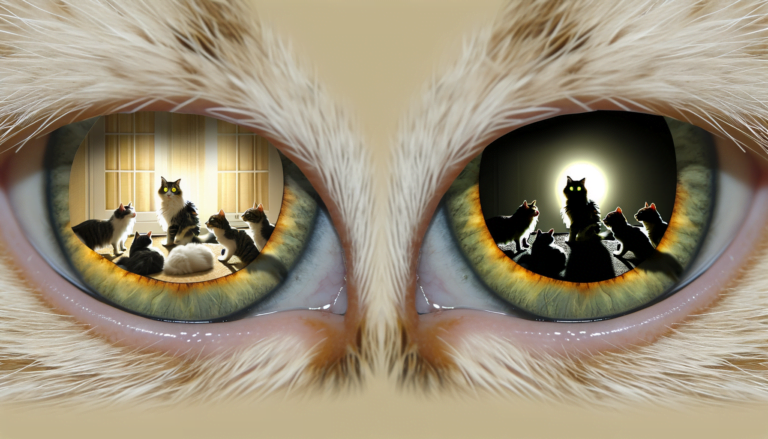Unlocking the Mystery: Do Javelinas Pose a Threat to Our Feline Friends?
No, javelinas do not eat cats. These peccaries, or ‘skunk pigs’ as they are otherwise known, are omnivores, meaning they consume both plant and animal matter. Their diet predominantly consists of cacti, fruits, roots, tubers, and sometimes small animals or insects. However, they do not typically prey on cats and it is uncommon for them to engage in such behavior. Despite their somewhat intimidating appearance, javelinas usually pose no direct threat to cats if not provoked.

